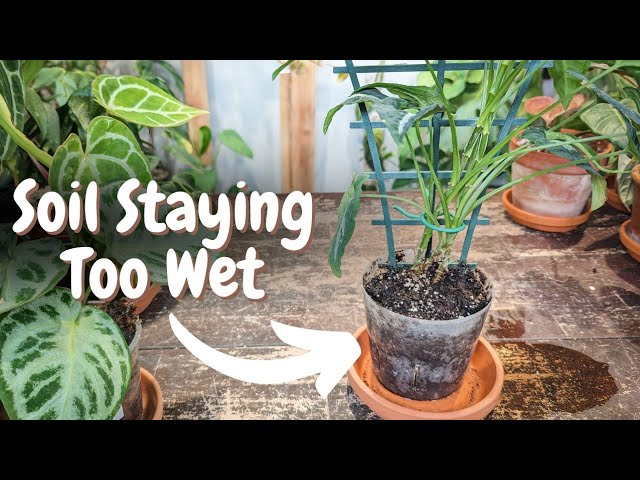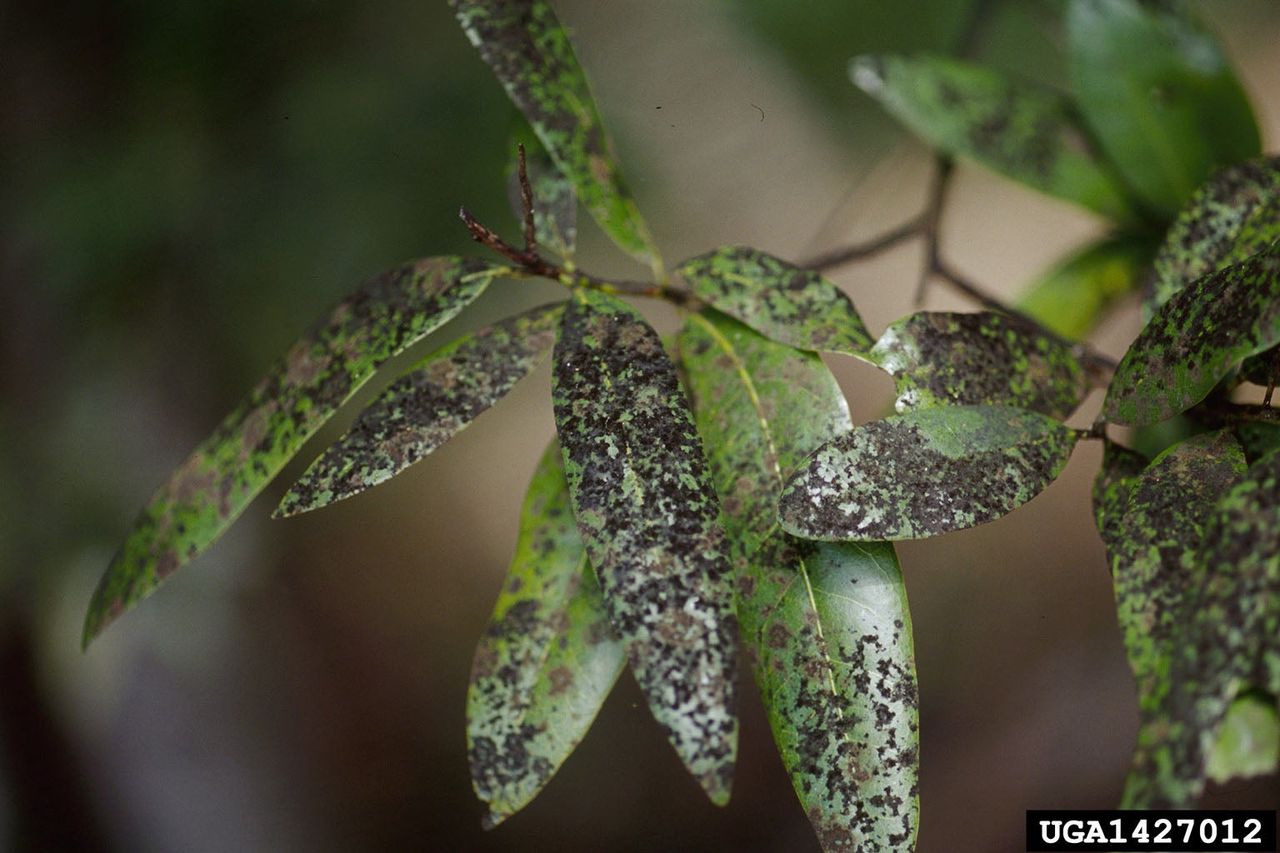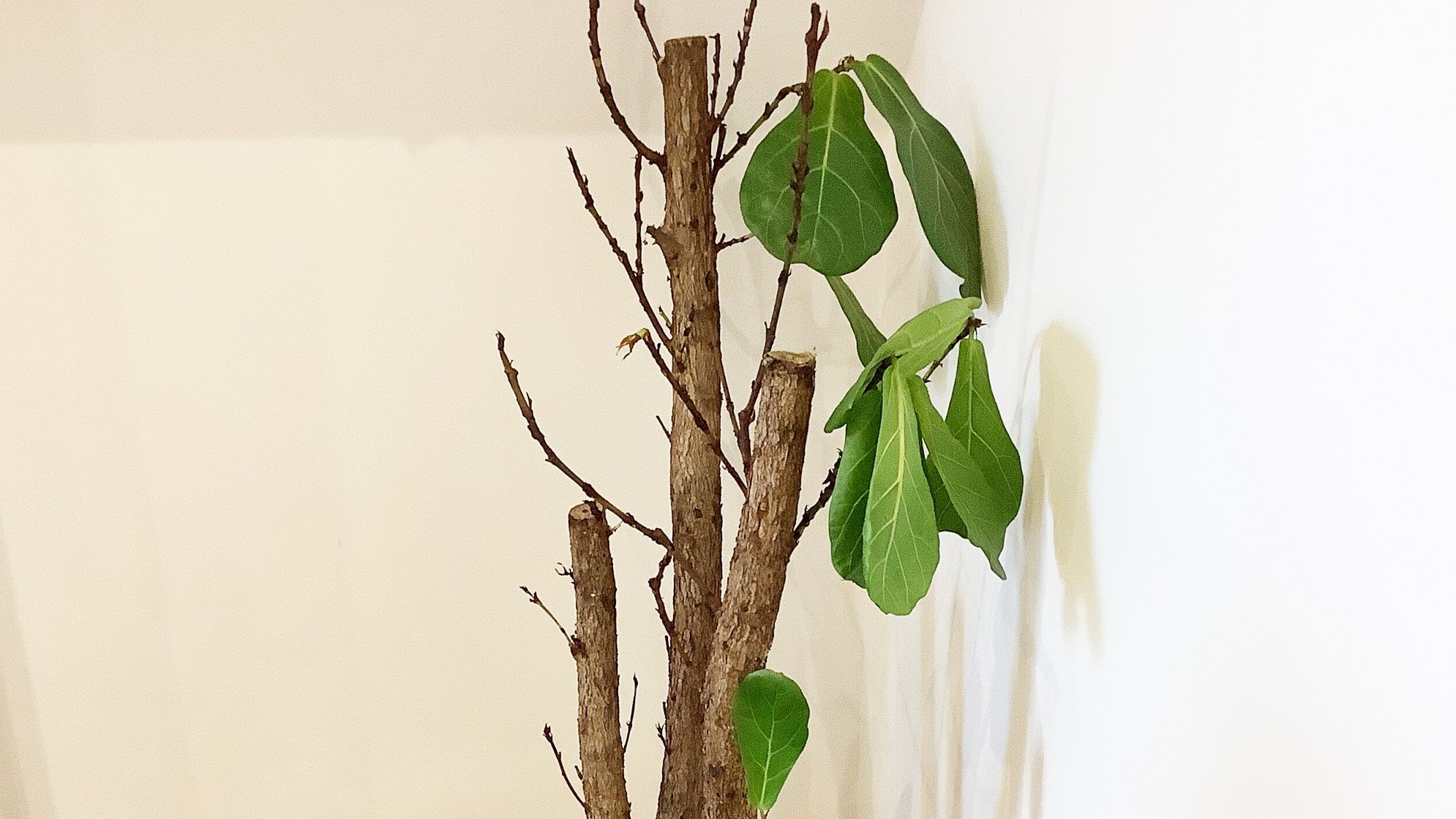Why is my plant’s soil staying too wet?
Having overly wet soil can be harmful to your plants, leading to root rot, fungal diseases, and nutrient deficiencies. If you’ve noticed your plant’s soil staying too wet, it’s important to address the issue promptly to prevent damage to your beloved greenery. Here are some common reasons why your plant’s soil may be staying too wet:
1. Poor Drainage
One of the most common reasons for overly wet soil is poor drainage. When a plant is unable to drain excess water properly, the roots become waterlogged, leading to a lack of oxygen and ultimately root rot. Ensure that your plant has adequate drainage holes in its pot and that the soil mix is well-draining to prevent water from pooling around the roots.
2. Overwatering
Overwatering is another common culprit for wet soil. It’s essential to water your plants appropriately, allowing the top few inches of soil to dry out between waterings. Be mindful of your plant’s watering needs and adjust your watering schedule accordingly to avoid saturating the soil.
3. Pot Size
The size of your plant’s pot can also contribute to the soil staying too wet. If the pot is too large for the plant, excess water can accumulate in the soil, leading to waterlogged conditions. Consider repotting your plant into a smaller container to promote better drainage and prevent water retention.
4. Environmental Factors
Environmental factors like humidity levels and temperature can also impact the moisture levels in your plant’s soil. Plants in high humidity environments may require less frequent watering, while those in low humidity environments may need more water to prevent drying out. Monitor the conditions around your plant and adjust your watering routine accordingly.
5. Soil Composition
The type of soil mix used for your plant can affect its water retention capabilities. Some soil mixes hold onto water more than others, contributing to overly wet conditions. Consider using a well-draining soil mix or adding perlite or sand to improve drainage and prevent waterlogging.
6. Lack of Air Circulation
A lack of air circulation around your plant can also lead to overly wet soil. Stagnant air prevents moisture from evaporating, leading to waterlogged conditions. Ensure that your plant is placed in a well-ventilated area with good airflow to promote evaporation and prevent water accumulation.
7. Pest Infestation
Pests like fungus gnats and root mealybugs can contribute to wet soil conditions by damaging the roots and impeding drainage. Inspect your plants regularly for signs of pest infestations and take measures to eliminate the pests to prevent further damage to your plant’s roots.
8. Watering Technique
The way you water your plants can also impact soil moisture levels. Watering too quickly or forcefully can lead to water pooling around the roots, causing the soil to stay wet for longer periods. Take your time when watering your plants, allowing the water to absorb gradually into the soil to prevent oversaturation.
Conclusion
Identifying the reasons behind your plant’s soil staying too wet is crucial for maintaining its health and preventing potential damage. By addressing issues like poor drainage, overwatering, pot size, environmental factors, soil composition, air circulation, pest infestations, and watering technique, you can help your plant thrive in optimal growing conditions. Remember to observe your plant closely, adjust your care routine as needed, and provide the necessary attention to ensure its well-being.



